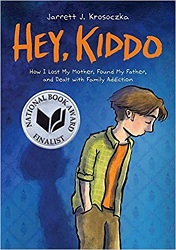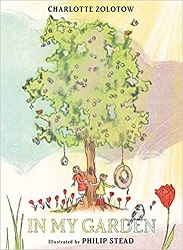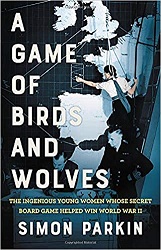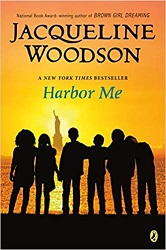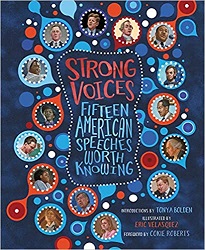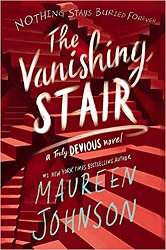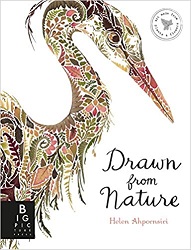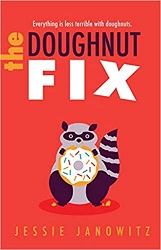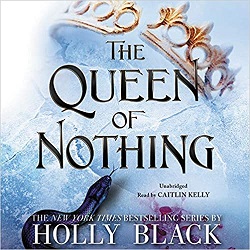Review of Hey, Kiddo, by Jarrett J. Krosoczka
How I Lost My Mother, Found my Father, and Dealt with Family Addiction
by Jarrett J. Krosoczka
Graphix (Scholastic), 2018. 312 pages.
Starred Review
Review written June 26, 2018, from an Advance Reader Copy.
2018 Sonderbooks Stand-out:
#5 Longer Children’s Nonfiction
Here’s a graphic novel memoir by a bestselling graphic novelist, so it’s sure to be popular. This one, though, isn’t sweetness and light, and the issues addressed go a lot deeper than friends and cliques. We do have a happy ending – Jarrett Krosoczka has achieved success with his art. The book is marketed for 12 and up, so it’s for a somewhat older audience than those who love Lunch Lady.
Jarrett tells about his life. His mother was a heroin addict, and he didn’t know his father. His mother’s parents raised him, and they had their own quirks, being older than his friends’ parents.
Jarrett explains his family history. His grandparents had five kids, and he wasn’t a whole lot younger than his youngest aunt. He lived with his mother the first years of his life, but she couldn’t stay off heroin and out of trouble, so eventually he was permanently with his grandparents.
This book takes Jarrett through elementary school and high school, all the way up to applying to art school for college. He credits the teachers and friends who helped him along the way, as well as offering many tributes to his grandparents, without hiding their prickliness and quirks. His persistence, despite coming from an unconventional family, ended up paying off, and notes at the back bring us to the present.
This book speaks from the heart about a kid growing up in a family with challenges, but a lot of love. He learned to grapple with that, push boundaries, uncover truth, and above all use his art to throw light on shadows.
Find this review on Sonderbooks at: www.sonderbooks.com/Childrens_Nonfiction/hey_kiddo.html
Disclosure: I am an Amazon Affiliate, and will earn a small percentage if you order a book on Amazon after clicking through from my site.
Source: This review is based on a book sent by the publisher.
Disclaimer: I am a professional librarian, but the views expressed are solely my own, and in no way represent the official views of my employer or of any committee or group of which I am part.
What did you think of this book?
